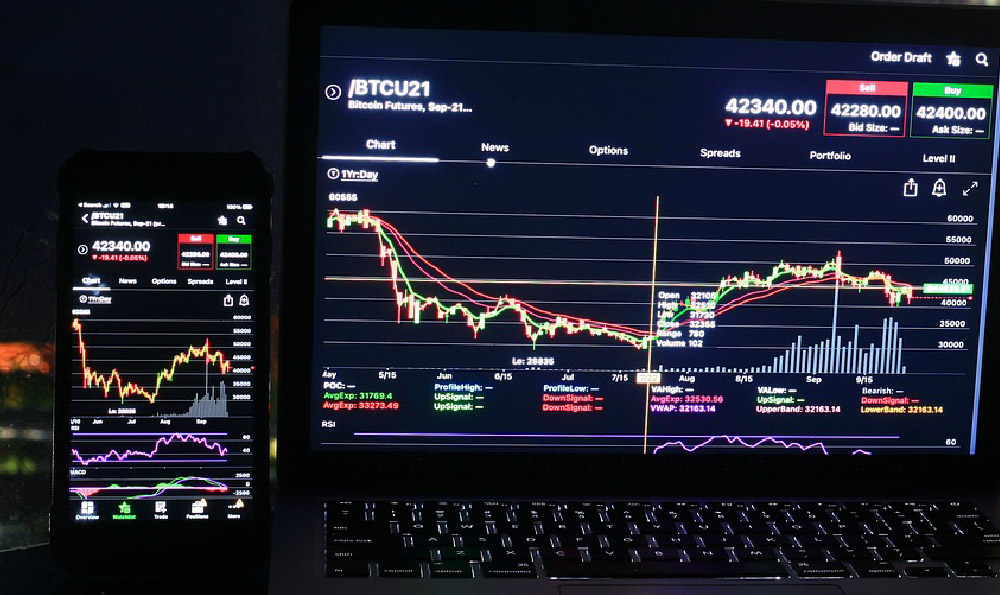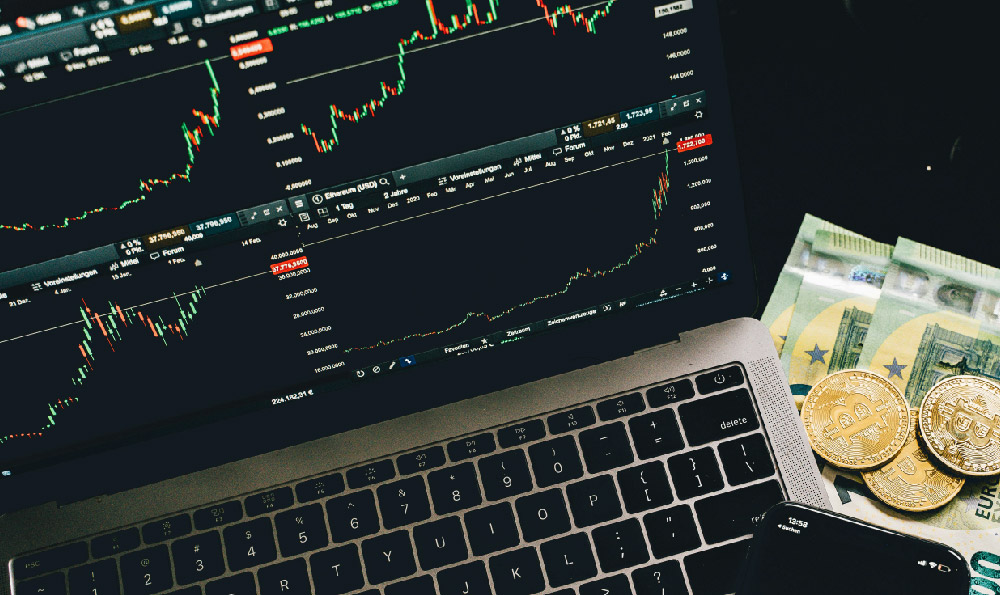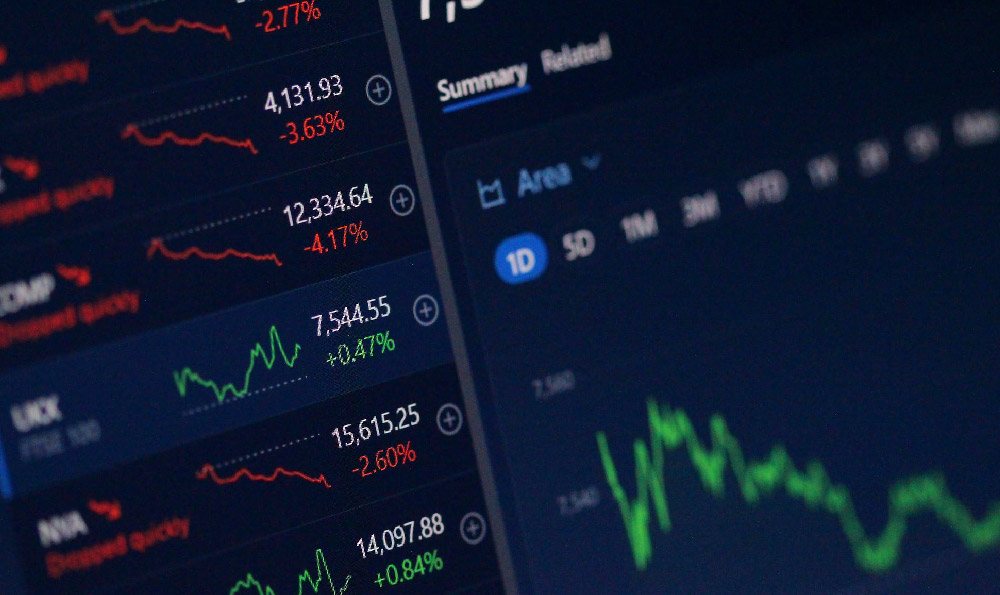
CoinPro, like many automated crypto trading platforms, promises to streamline the complex world of cryptocurrency investments. It tantalizes with the prospect of passive income, freeing users from the need to constantly monitor market fluctuations and execute trades manually. The underlying principle is simple: utilize pre-programmed algorithms, or "bots," to analyze market data, identify profitable opportunities, and execute buy or sell orders automatically. However, the question remains: does CoinPro actually work, and more importantly, is it the right choice for you?
To answer this, one must first delve into the mechanics of CoinPro and similar platforms. The core functionality hinges on the sophistication and accuracy of the trading algorithms. These algorithms are typically based on technical analysis indicators, such as moving averages, relative strength index (RSI), and Fibonacci retracements. They are designed to identify patterns and predict price movements with a degree of accuracy. The effectiveness of these algorithms, however, is directly correlated with the quality of the data they are fed and the proficiency of the developers who designed them. A poorly designed algorithm can lead to significant losses, especially in the volatile crypto market.
CoinPro, and similar platforms, often offer different tiers of subscription, each offering access to different levels of algorithmic complexity and features. Some might provide basic trend-following bots, while others boast advanced arbitrage strategies or machine learning-driven predictive models. The higher the tier, typically, the higher the fee. This is where due diligence is crucial. One should be wary of platforms making unrealistic promises of guaranteed returns. The crypto market is inherently unpredictable, and no algorithm, regardless of its sophistication, can eliminate risk entirely.

Another critical aspect to consider is the backtesting data provided by CoinPro. Backtesting involves running the algorithm against historical market data to simulate its performance in past market conditions. This provides an indication of how the algorithm might perform in the future, although it's important to recognize that past performance is not necessarily indicative of future results. Analyze the backtesting data critically. Look for information on win rate, average profit per trade, maximum drawdown (the largest loss experienced during the backtesting period), and the time period covered. A robust backtesting report should cover a diverse range of market conditions, including bull markets, bear markets, and periods of high volatility. If the backtesting data seems too good to be true, it probably is.
Beyond the algorithms themselves, the platform's user interface and security features are paramount. A user-friendly interface allows users to easily configure their trading parameters, monitor their performance, and withdraw their funds. Security is of utmost importance in the crypto space. Ensure that CoinPro employs robust security measures, such as two-factor authentication (2FA), encryption, and cold storage for the majority of its crypto assets. Research the platform's security history and look for any past breaches or vulnerabilities. A platform with a history of security incidents should be approached with extreme caution.
Even if CoinPro utilizes seemingly effective algorithms and has a secure platform, the ultimate success of automated trading depends on the user's understanding and management of risk. Do not blindly trust the bot to make all the decisions. It's crucial to define your risk tolerance, set appropriate stop-loss orders to limit potential losses, and diversify your portfolio across multiple cryptocurrencies and trading strategies. Consider allocating only a small percentage of your overall investment portfolio to automated crypto trading, especially when starting out.
Furthermore, consider the fees associated with using CoinPro. These fees can include subscription fees, trading fees, and withdrawal fees. Factor these fees into your profitability calculations to ensure that the automated trading is actually generating a net profit. Compare CoinPro's fees with those of other automated trading platforms and traditional crypto exchanges to determine if it offers a competitive value proposition.
Before investing in any automated crypto trading platform, it's wise to seek independent reviews and testimonials from other users. Look for unbiased opinions on reputable crypto forums and review websites. Be wary of overly positive reviews that seem too good to be true, as these may be paid endorsements. Look for reviews that offer a balanced perspective, highlighting both the pros and cons of using the platform.
Finally, consider your own level of experience and knowledge in the cryptocurrency market. Automated trading is not a substitute for understanding the fundamentals of crypto investing. It's essential to have a solid grasp of market dynamics, technical analysis, and risk management before entrusting your funds to a bot. If you are new to crypto investing, it's advisable to start with manual trading on a demo account to gain experience and knowledge before venturing into automated trading.
In conclusion, CoinPro, like other automated crypto trading platforms, can be a valuable tool for experienced crypto investors who understand the risks involved and are willing to actively manage their trading parameters. However, it is not a guaranteed path to riches and should not be treated as a "set it and forget it" solution. Thorough research, careful risk management, and a realistic understanding of market dynamics are essential for success. For beginners, it's crucial to gain a solid foundation in crypto investing before exploring automated trading platforms like CoinPro. The promise of passive income is alluring, but only informed and cautious investors can truly reap the potential benefits while mitigating the inherent risks. The responsibility ultimately lies with the individual to ensure they are making informed decisions that align with their financial goals and risk tolerance.




